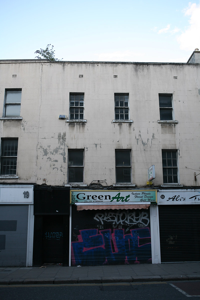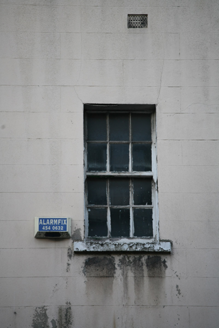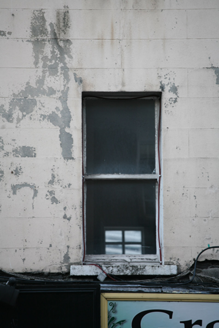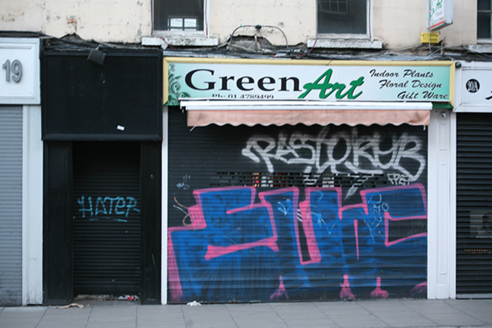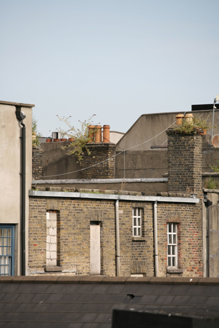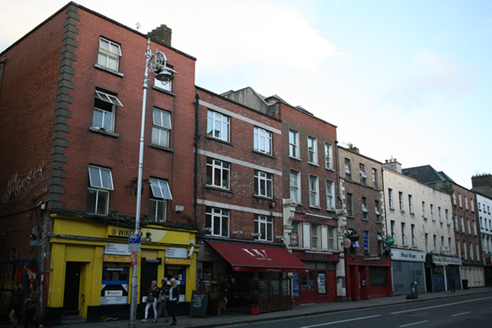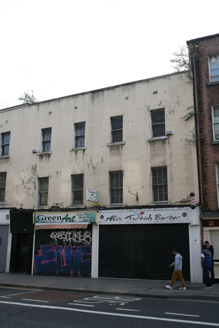Survey Data
Reg No
50920122
Rating
National
Categories of Special Interest
Archaeological, Architectural, Social
Original Use
House
Historical Use
Shop/retail outlet
Date
1660 - 1700
Coordinates
315576, 233583
Date Recorded
13/08/2015
Date Updated
--/--/--
Description
Attached former four-bay three-storey townhouse, built c. 1680, now divided into pair of two-bay three-storey buildings. Upper floors in use as flats, shopfronts inserted to ground floor. Currently vacant. Flat roof hidden behind parapet with granite coping. Yellow brick chimneystack rising from rear (east) elevation to north and additional chimneystack rising from centre of plan, both having clay pots. Large yellow brick chimneystack to the south party wall at centre of plan, having clay pots. Ruled-and-lined rendered walls to front elevation, yellow brick to rear laid in English garden wall bond. Square-headed window openings with granite sills and twentieth-century replacement timber sash windows; six-over-six to second floor, one-over-one to first floor. Gauged brick window heads to rear with replacement multi-paned timber windows and some blocked openings. Recent shopfronts. Street-fronted on eastern side of Aungier Street.
Appraisal
Dublin Civic Trust's 'Survey of Gable-Fronted Houses and Other Early Buildings of Dublin' (2012) states ‘A building of outstanding national significance, No. 20 is one of the last surviving large-scale mansions constructed on Aungier Street during the late 1600s. Unlike No. 9-9A, it has suffered the loss of its original roof structure and much of its original staircase, however this affords an opportunity to reinstate its original appearance based on opening-up works and in-depth research. The house was likely to have been similar in appearance to No. 9-9A, probably long and low in stature, three-storey in height with a brick facade, diminutive windows and a dormer roof. When recorded in the mid 1990s the interior retained fragments of raised and fielded panelling, exposed ceiling beams and a number of flights of stairs - much of which appears to survive today.'

